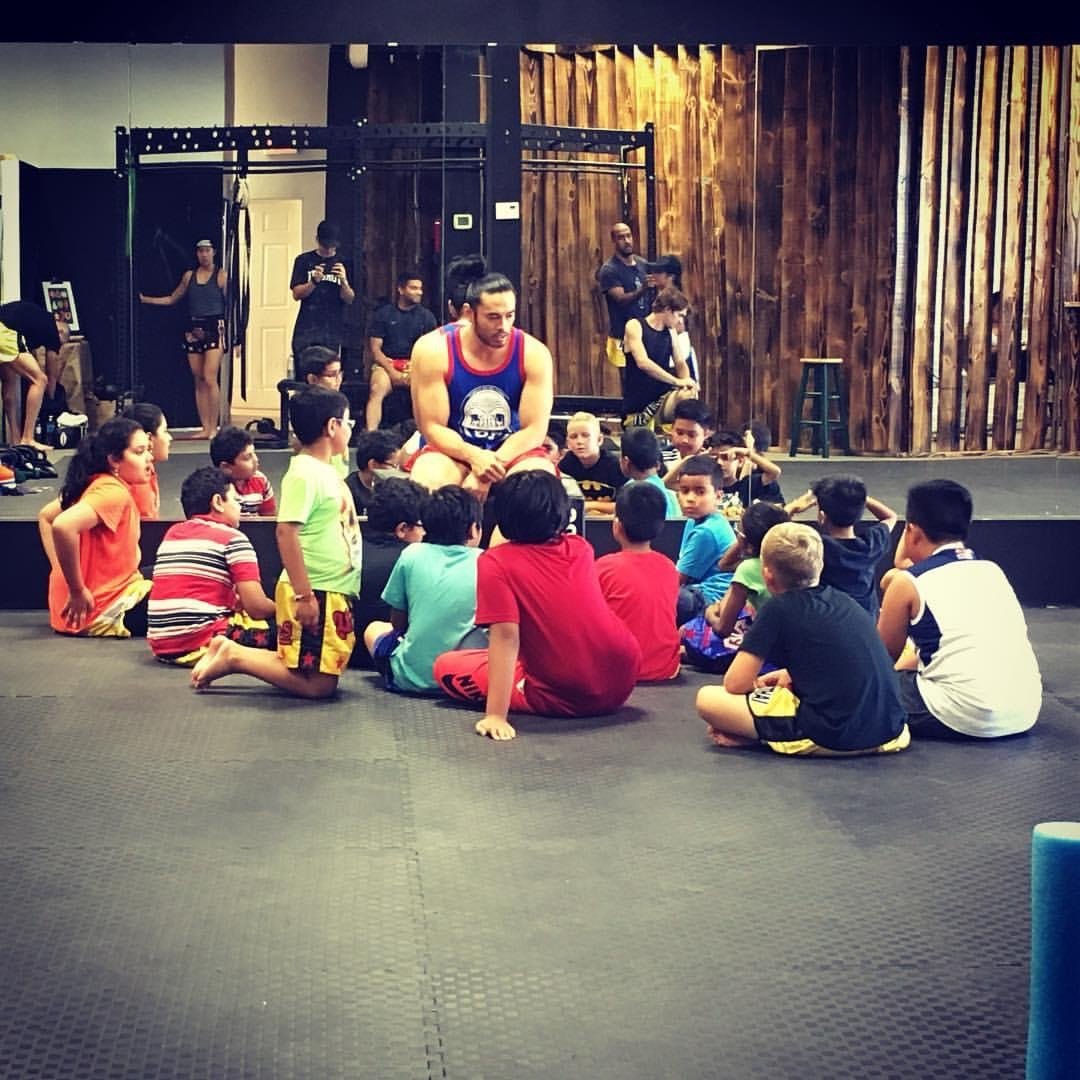Youth Program Description

Youth Class Schedule
Class Elements
-
Run, Jump, Push, Pull; these are all the basic movement qualities that allow our children to prevent and escape trying situations.
Our fitness section is devoted to build passion for movement, while developing the above skills
-
As our children’s motor patterns are still developing, it’s critical to emphasize mechanical force; form over power and speed. If our kids learn how to produce sound form, power and speed will naturally arrive as their bodies mature.
-
Driving a lesson with narratives, context, and storytelling is what creates student engagement. I make sure to drive such narratives to themes that students are experiencing through their particular age group, thus giving context to their training.
Themes include:
8-11yrs
What is the purpose of our bodies, and how do we build it?
How do we protect it?
12-15yrs
What are the dynamics of violence?
How do we read the non physical cues and respond accordingly?
Program Philosophy
The following is the context that grounds the daily content of our class instruction. Learning Muay Thai is more than just fighting—literally. If the entirety of our education is about physical self defense, then physicality will always be the default response; even towards non physical conflict. Or as the saying goes, “If you view everything as a nail, you will always act like a hammer”.
Martial Art has conflict as its core subject. But we must understand that unsolved conflict culminates in violence; there are non physical cues that require non physical means. I believe Martial Art to be a ripe learning ground for our children to know how conflict devolves as a whole and not merely relegate them to physical fighting.
Given that, I teach a simple Onion model to convey the message that there are layers of conflict, the most potent of which occurring when the initial layers have failed:
-
‘Self defence’ for all intents and purpose does not begin with fighting. It may end there, but good self defense should never have to reach physical conflict. Avoiding is about situational awareness—recognizing when storms are abrew so as to buy one time to secure safety.
-
Sometimes we cannot forecast trouble early enough. But we still have the opportunity to get away. ‘Running’ is about possessing the physical capacity to escape potential trouble trouble by maximizing distance.
-
The goal is to transform 'Hiding' from a reaction into a proactive safety skill, equipping children to navigate the world confidently.
Improving 'Hiding' empowers children to assess their environment and create barriers against threats. It involves teaching them to use natural obstacles like furniture and shadows as shields.
Through engaging activities, they practice limiting visibility and build confidence.
Discussions on situational awareness enhance their risk assessment skills.
-
Talking is about verbal de-escalation. Sometimes, out of a fear of appearing weak our youth can speak in inflammatory ways, which only serve to accelerate the degradation of a situation into physical violence. Here we explore tactics to improve situations, and buy student time to escape.
-
This is where fight skills occur. It is where physical combat is required to i) escape, or ii) subdue an attacker. It is also the most volatile of situations as many factors can occur to further endanger situation (multiple attackers, environment).
